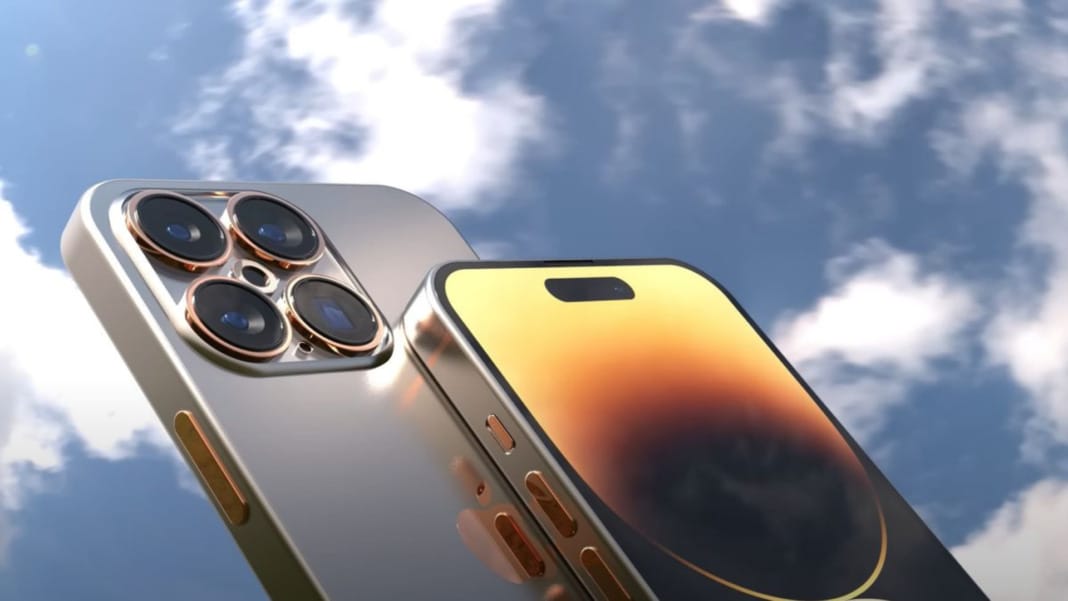Apple is exploring new technology to minimise lens flare and ghosting issues in future iPhones, potentially starting with the iPhone 16 Pro. This improvement could lead to clearer and more professional-looking photos for you, addressing a long-standing concern among photography enthusiasts.
New technology to improve camera quality
A tipster named yeux1122 shared that Apple is exploring new atomic layer deposition (ALD) equipment for the iPhone camera lens assembly process. ALD is a cutting-edge technology that could revolutionise the way camera lenses are manufactured, potentially leading to significant improvements in image quality and overall performance.
How ALD works
ALD enables manufacturers to deposit materials one atomic layer at a time onto a substrate, offering unparalleled precision in the application of microscopic layers. This precise control allows for the creation of extremely thin and uniform coatings on semiconductor devices, including camera lenses. By applying anti-reflective coatings using ALD, Apple could potentially eliminate lens flare and ghosting issues, resulting in crisper and clearer images for you.
Potential benefits for your iPhone camera
In the case of your iPhone’s camera, it allows Apple’s suppliers to apply anti-reflective coatings that can reduce photographic artefacts like flare and ghosting.
Apple says it uses a new “nanoscale coating” on the iPhone 15 Pro models to reduce lens flare. However, you might have noticed that this was still an issue with the cameras this year, and users’ feedback corroborates these findings.
Recent reports suggest that Apple plans to equip the iPhone 16 Pro with a new 48MP ultra-wide camera and a bigger, more advanced main camera sensor. Perhaps Apple could use the new ALD equipment to apply anti-reflective coatings to these new camera components to address your feedback about lens flare and ghosting.





